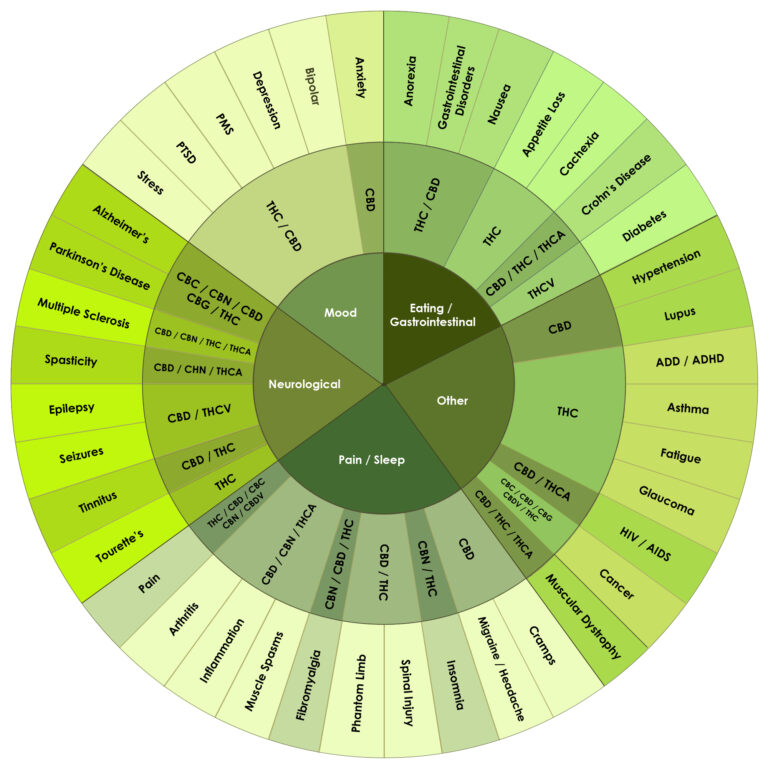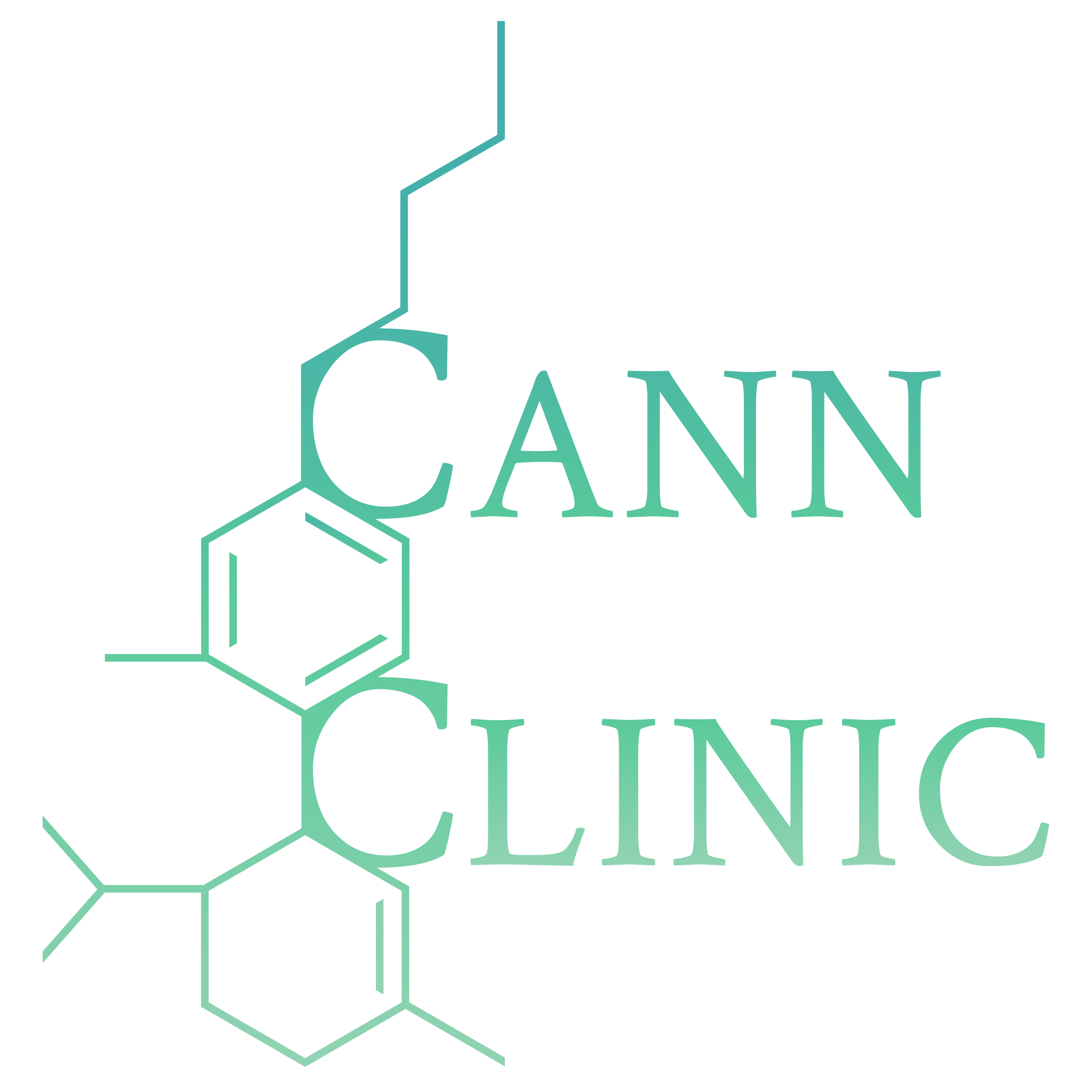The Endocannabinoid System and Cannabinoids
The Endocannabinoid system is a regulatory system within our bodies that affects many necessary biological processes. The Endocannabinoid system is made up of a group of molecules. These molecules are known as “endocannabinoids”. The endocannabinoid system also includes the “cannabinoid receptors” or CB receptors that they bind to.
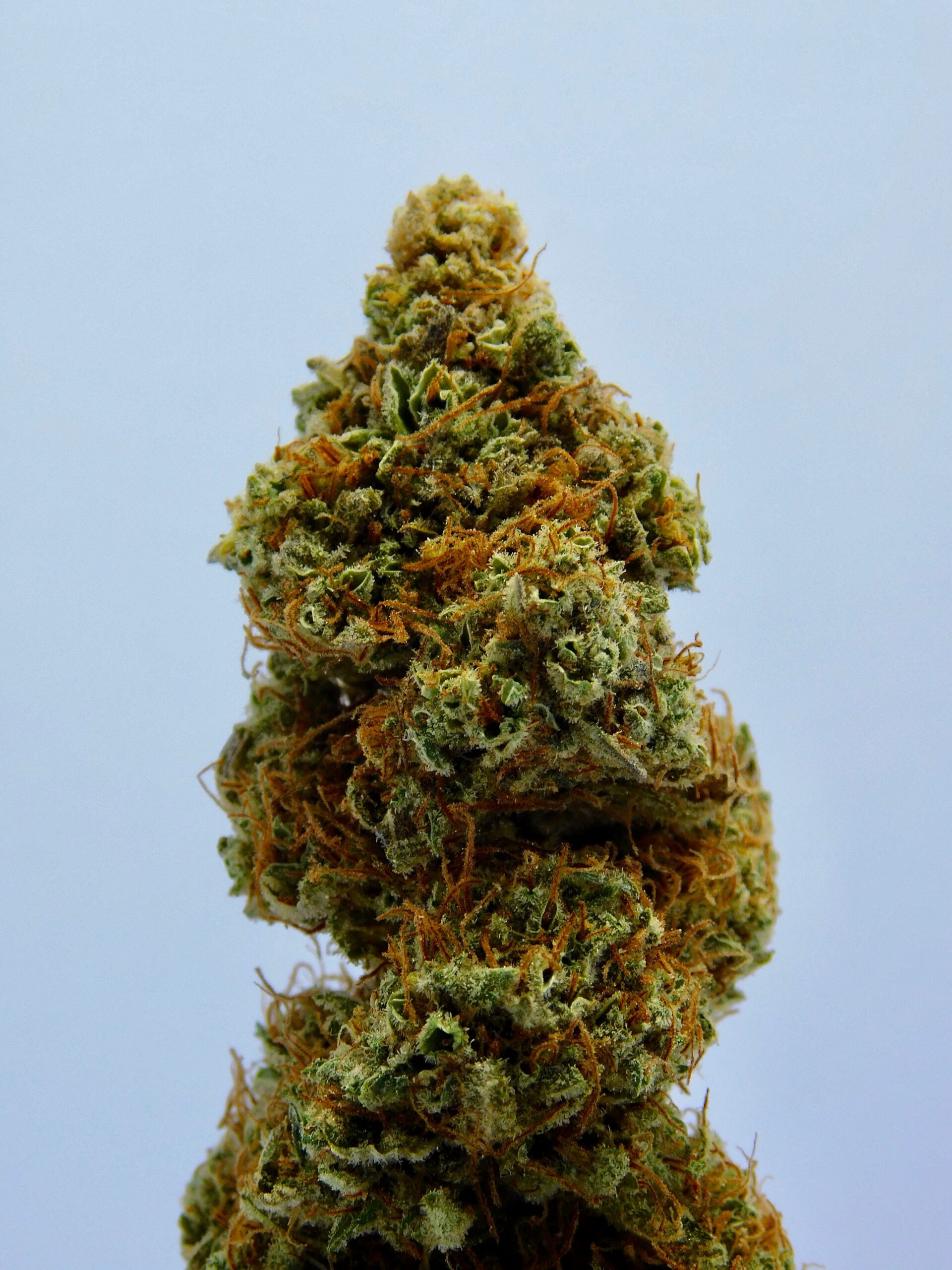
Cannabinoid Receptors
In 1988, an American scientist Dr. Allyn Howlett PhD. and his graduate student William Devane discovered the presence of cannabinoid receptors in the human brain.
There are two major types of cannabinoid receptors in our bodies, CB1 and CB2. Cannabinoid receptors belong to an essential group of signalling recptors called G-protein coupled receptors. Activation of the extracellular portion of this receptor causes conformational change and initiates intracellular biochemical reactions. The vast number of cannabinoid receptors and their prevalence throughout the body suggests a multitude of promising therapeutic targets.
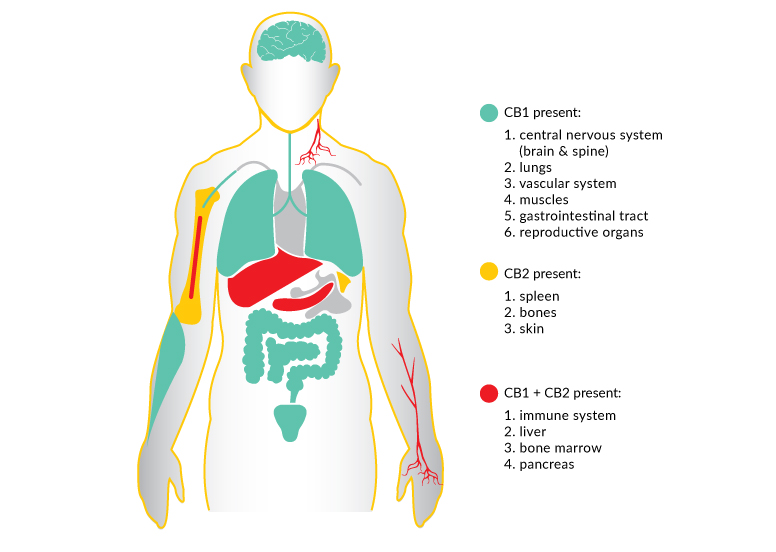
CB1 Receptors
Activation of CB1 receptors on the membrane of neurons initiate a cascade of reaction affecting perception, movement and memory. With their propensity to modulate neurological excitement CB1 receptors are though to be influential in treating neurological disorders such as Parkinsons and Huntingtons disease. CB1 receptors are highly expressed in areas associated with pain including the periaqueductal gray and the dorsal horn of the spinal chord. There is also mounting evidence to suggest CB1 receptors are essential in modulating the side affects, particularly pain and emesis of chemotherapy.
CB1 receptors are almost absent in the medulla oblongata, the part of the brain stem responsible for respiratory and cardiovascular functions. Thus, there is not the risk of respiratory or cardiovascular failure that can be produced by some drugs.
Expressed at high density throughout the central nervous system, (brain and spinal cord) and at a lower density in the immune cells and within peripheral tissues. The pattern of distribution for the CB1 receptors is heterogenous. This reflects its ability to alter cognition and memory and alter motor function control.
CB1 is activated by Anandamide and arachidonoylglycerol which are Endocannabinoid Neurotransmitters or by phytocannabinoids like that of the compound THC.
CB2 Receptors
Cannabinoid receptor type-2 (CB2) – CB2 receptors are predominantly found in the immune system, or immune-derived cells with the greatest density in the spleen. Additionally, recent studies suggest that CB2 receptors are also present in the central nervous system.
In immune tissue such as the spleen and tonsils CB2 receptors modulate cytokine release, an essential part of the inflammatory process. In their capacity to mediate inflammation, CB2 receptors have shown significant potential for the treatment of arthritis, crohns disease and colitis. CB2 receptors have been implicated in cell proliferation and differentiation suggesting promising anticancer drug targets.
The Endocannabinoid System
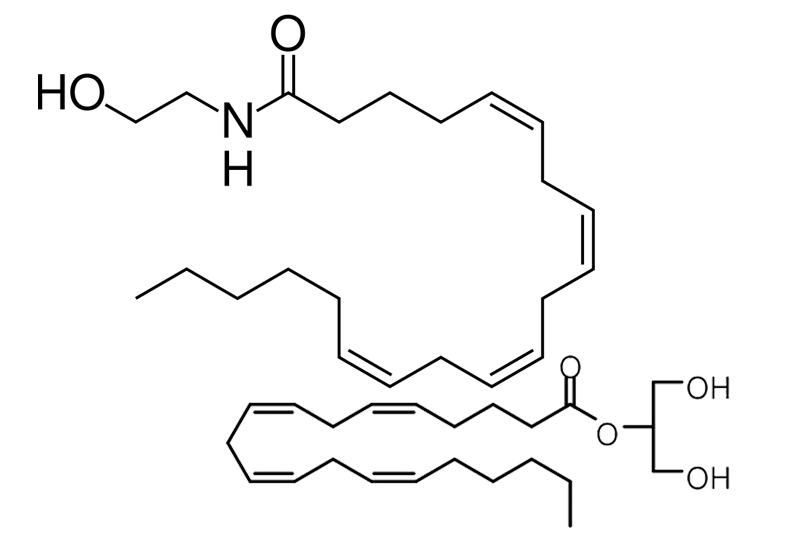
Signaling Molecules
Endogenous (originating from within or caused by factors within an organism, cell or tissue, or cell) cannabinoid signaling molecules (have the ability to cross the plasma membrane where it then can bind to receptors) are synthesized on demand from the postsynaptic neuron (a neuron of a cell which an electrical impulse can be transmitted across a synaptic cleft by the release of a chemical neurotransmitter from the axon terminal of a presynaptic neuron) in order to regulate neurotransmitter release from the presynaptic terminal. This negative feedback function is termed retrograde signaling and characteristic of the endocannabinoid system.

Anandamide
Binds readily to the CB1 receptor. Anandamide is synthesized on demand from the postsynaptic neuron and acts as a retrograde messenger to modulate the release of neurotransmitters form the presynaptic neuron. Additionally anandamide activates the transient receptor potential vanilloid 1 receptor (TRPV1). As a TRPV1 agonist, anandamide is suggested to mediate nerve pain.

2-arachidonoylglycerol (2-AG)
2-AG interacts with both CB1 and CB2 receptors. 2-AG exhibits a lower binding affinity for CB1 compared to anandamide, however higher concentrations of this ligand are present in the brain. 2-AG has been associated with essential biological processes including cell proliferation, immune function, neuroprotection and neuromodulation.
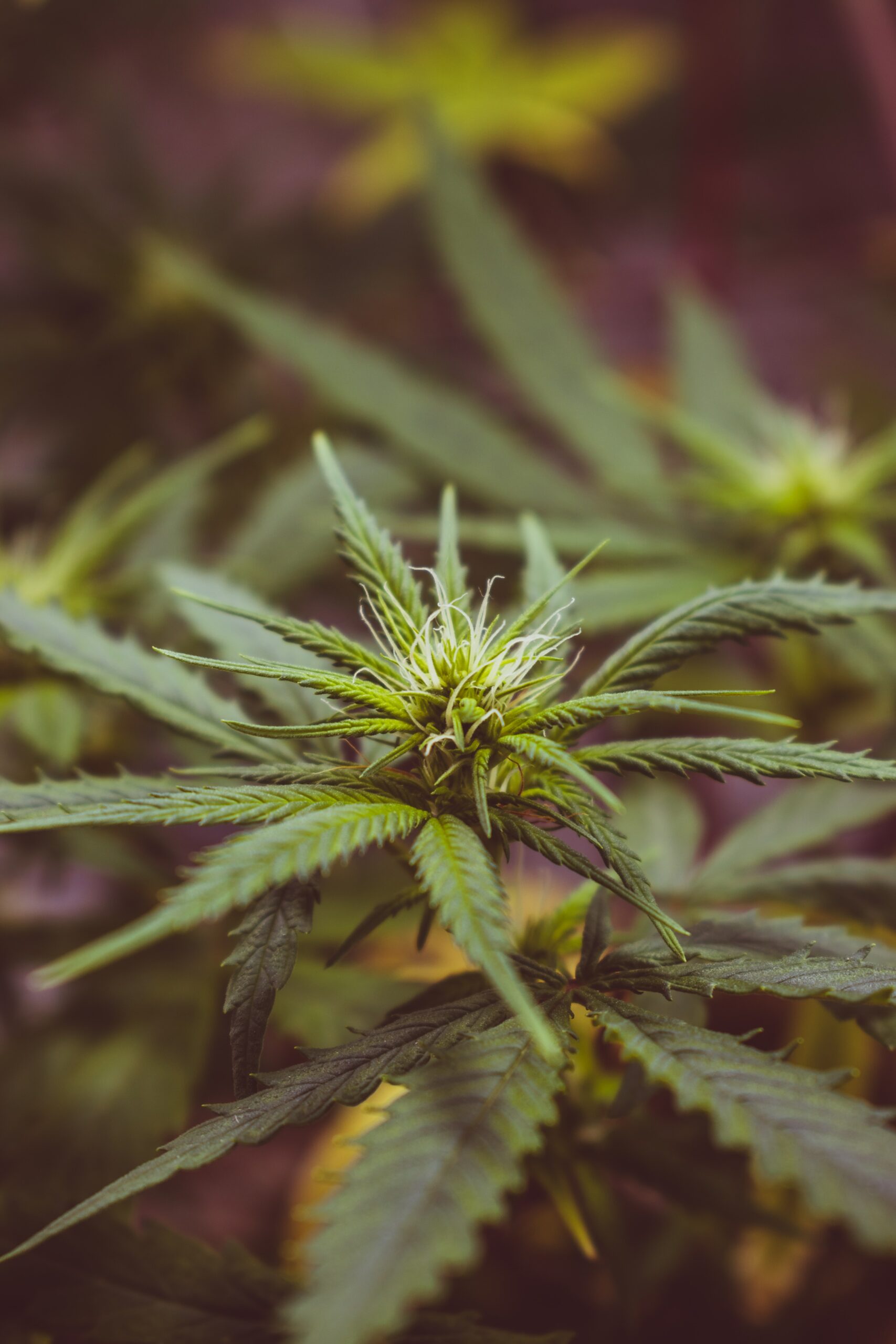
The Cannabinoid System
Cannabis plants produce a group of chemicals that are known to produce mental and physical effects when consumed. These chemicals are compounds called cannabinoids. As they are produced within the cannabis plant, cannabinoids can also be referred to as ‘phytocannabinoids’.
The cannabinoid system is a major system of neuro-chemicals whose functional significance has only recently been explored. It took 30 years after discovering the first cannabinoid for us to realise that within our bodies and brain was an interconnected system of receptors specifically set up for these cannabinoids to relay messages for medicinal purposes. Right now we are in the process of a revolution in cannabinoid research globally.
There are currently around 85 discovered cannabinoids with the number growing as legal regulations are loosened to allow for further scientific research. In 2005 research from the University of Mississippi, USA showed us that cannabis contains 489 identifiable chemical compounds. At least 200 of these are cannabinoids, terpenes and flavonoids. These are found in a wide range of concentration within the cannabis flower, leaf, and stem. Cannabinoids are becoming well known for their therapeutic potential and are the basis for the medical and scientific use of cannabis. Cannabinoids have the ability to act as antiemetics, antispasmodics, work well as appetite stimulants and also are known to have some analgesic effects.
Cannabinoids and Their Effects
The main effects from cannabis use are produced in the human body by the specific, membrane-bound cannabinoid receptors called CB1 (found mostly in the brain) and CB2 (mainly in the immune system), to which many of these cannabinoids bind. THC as an example is used by both the CB1 and CB2 receptors, and its neuroprotective qualities ease pain in most medical cannabis users.
The benefits of cannabinoids have been studied for a considerable number of years, the most popular of which have been found to have significant medicinal value are listed below.
THC – (∆9-Tetrahydrocannabinol)
Psychoactive component producing euphoria. Demonstrates promise in treating pain, nausea, appetite loss, sleep and stress disorders
THCV – Tetrahydrocannabivarin
Strongly psychoactive. In fact, more than THC, but the duration of effects is half as long. Found effective in treating anxiety, stress and panic disorders without suppressing emotion. Reduces tremors with Parkinsons Disease, Alzheimers and other neurological disorders
Originally THCV was most commonly isolated in landrace Sativa from the southern and central African continent. Until recently, Tetrahydrocannabivarin was not readily available due to the small concentrations present in Sativa strains. Strains have been developed to increase the yield of Tetrahydrocannabivarin. One, in particular, called Doug’s Varin has a ratio of 6:7 THC: THCV. This is the first strain that has been evaluated as containing more THCV than THC.
- Tetrahydrocannabivarin is more strongly psychoactive than THC. THCV however has about half the duration of THC
- THCV is considered a protagonist of THC, which means that it modifies the effects of THC. The energetic effect of THCV is more pronounced and stronger.
- Tetrahydrocannabivarin has been discovered to reduce and in some instances even block panic attacks. It has been concluded that this result can may make THCV highly effective in the management of PTSD as well as other mental disorders where stress and anxiety initiate symptoms. This finding has been the result of studies in Israel where Medical Cannabis has been legal for some time. Tetrahydrocannabivarin doesn’t appear to suppress emotions, only suppressing the ability to panic, much of which is associated with Fight or Flight response.
- Tetrahydrocannabivarin has been shown to reduce tremors that occur in conditions such as Parkinson’s Disease along with ailments that effect motor control. There is research that also demonstrates THCV’s capability of reducing brain lesions associated with Parkinson’s.
- Tetrahydrocannabivarin stimulates bone cell growth, and has great potential for treating osteoporosis and similar ailments.
- THCV has a strong anorectic effect, which may cause concern as a side effect for patient’s already having difficulty eating.
- Tetrahydrocannabivarinic Acid (THCV-A) is very similar to THC-A, and may prove to be an effective anti-inflammatory. Further testing is required.
CBD – (Cannabidiol)
CBD is a non-psychoactive cannabinoid, therefore, does not enduce a euphoric high. It has been found to stimulate brain cell and bone growth. Treatment for insomnia and cancer cells.
Cannabidiol (CBD) is a “Cannabinoid” of high therapeutic potential. CBD is one of the more than 85 cannabinoids now found to be present in the Cannabis plant. When compared with that of THC, CBD is known to be non- psychoactive., meaning that the “high” well known of cannabis is not a feature represented in this compound. In the past, an original thought had considered THC to be a breakdown byproduct of CBD. It has now been discovered that both cannabinoids THC and CBD are metabolites of their decarboxylated acidic forms which are THCa and CBDa. THCa and CBDa are decarboxylated (dried) by either heat or extraction. When this occurs it then produces THC and Cannabidiol (CBD).
CBD or Cannabidiol is the main non-psychotropic component derived from the Cannabis sativa plant. Chemically, the cannabis plant is comprised of phytocannabinoids as well as terpenoids, flavonoids, steroids and enzymes. The phytocannabinoids are most significant from a therapeutic perspective as phytocannabinoids (cannabinoids derived from the cannabis plant) are known to interact with the endocannabinoid system in the body. Though many of you have not heard of such a system existing in the body – the endocannabinoid system is confirmed present within all of us and its very existence is proving valuable as a medicine for disease, pain and in the maintenance of homoeostasis.
There is an abundance of authentic, peer reviewed scientific data that suggest Cannabidiol (CBD) oil is useful for a broad array of conditions, most of which are refractory and unnameable to traditional pharmaceuticals. Cannabidiol (CBD) has shown promise in the treatment of anxiety and depression. It too has been studied for its effect on epilepsy and in the control of seizures. Other ailments and diseases it is showing promise in treating include arthritis, chronic and neuropathic pain and in neurodegenerative diseases like Parkinson’s, MND and Multiple Sclerosis (MS). Furthermore, there is substantial preclinical data to suggest Cannabidiol (CBD) has potent effects on the spread and proliferation of cells that are cancerous.
Non-psychotropic, CBD is not associated with the ‘high’ typically attributed to traditional cannabis smoking. Patients who receive CBD oil treatment have reported a significant reduction in stress-induced anxiety alongside improvements in their mood and their quality of life. Importantly, Cannabidiol (CBD) treatment has been shown to increase the levels of the endogenous cannabinoid Anandamide (manufactured in-house) such that the bodies entire endocannabinoid system is unregulated.
Unlike THC, CBD does not activate CB1 receptors. This is a characteristic, which has been suggested to account for the lack of psychotropic activity. This may also partially explain why users of medicinal cannabis preparations with high CBD: THC ratios are less likely to develop psychotic symptoms than those who consume preparations with low CBD: THC ratios.
- Cannabidiol aka CBD works to reduce the negative effects of THC. Clinical research studying the interaction between D9-THC and CBD indicates CBD is a potent inhibitor of hepatic drug metabolism. Hepatic drug metabolism represents a series of chemical reactions that occur within an organism’s liver. This in turn raises D9-THC concentrations in the brain. Several studies, indicate antagonism of the effects of D9-THC when both compounds are administered simultaneously to animals or humans.
- Cannabidiol (CBD) has been known to significantly reduce anxiety alongside exhibiting anti- psychotic properties.
- Cannabidiol has been proposed effective in treating and alleviating the symptoms of rheumatoid arthritis and other autoimmune illnesses. This includes the treatment of diabetes, disorders in the bowel, alleviating the discomfort from nausea as well as many other side effects typically hard to control.
- Cannabidiol (CBD) has been proven in studies to block the development of diabetes in mice
- Cannabidiol has been discovered to be a potent inhibitor of cancer cell reproduction, metastasis, and tumor growth. Results of his experiments on breast cancer are groundbreaking. They illustrate the reduction in the number of cancer cells when additional CBD is applied. Essentially, Cannabidiol (CBD) may have the potential to switch off the gene that causes cancers, offering patients a non-toxic treatment for aggressive types of cancer.
- Cannabidiol proven to reduce inflammation – a colleague of Mechoulam’s, Marc Feldman at Imperial College, London, tested CBD on mice that had a version of rheumatoid arthritis and found that it reduced inflammation by 50% at the right dosage.
- Antiemetic – Reduces the discomfort and symptoms experienced from nausea and vomiting
- Anticonvulsant – Suppresses / Minimises seizure activity
- Antipsychotic – Therapeutic treatment for psychosis disorders
- Anti-inflammatory – Combats inflammatory disorders
- Anti-oxidant – Resists neurodegenerative disorders
- Anti-tumoral/Anti-cancer – Fights off tumours and cancer cells
- Anxiolytic /Anti-depressant – Therapeutic in treating anxiety and depression disorders
CBC – (Cannabichromene)
CBC is also a non-psychoactive component of which has been found to be 10 x more effective than CBD in treating stress and anxiety. It also has anti-inflammatory and anti-viral properties. Anti-inflammatory and anti-viral properties
The 2nd most abundant cannabinoid in cannabis., more CBC is usually found in the Cannabis strain ratio over CBD. CBC has profound benefits. Similar to cannabidiol (CBD) and tetrahydrocannabinol (THC), CBC stems from cannabigerol acid (CBG-A). CBC inhibits the uptake of Anandamide which then allows it to stay in the blood stream for a longer duration. CBC is found in much smaller concentrations than THC and CBD though its power should never be underestimated.
Cannabigerolic acid (CBG-A) is regularly referred to as the “stem cell” of cannabinoids for it is a precursor to CBC as well as THC and CBD. From that position, enzymes influence the conversion wherein cannabichrome carboxylic acid (CBC-A), cannabidiol carboxylic acid (CBD-A) and tetrahydrocannabinol carboxylic acid (THC-A) are produced.
With CBC-A, it travels by passing through the CBC synthase or through the enzymes responsible for getting the specific process underway.
In order to produce the cannabinoid known as cannabichromene (CBC), decarboxylation must occur.
It is rather interesting that in 2/3 of its chemical makeup, Cannabis is inactive until heated.
This is potentially why vapourising using ingestion delivers these raw plant acids most efficiently. Heating cannabis increases its potency. However, exposure to extreme temperatures for a prolonged period may destroy its active chemicals.
Over time, or quickly if exposed to heat, the CBC-A will lose a molecule of CO2; at this point, it is considered CBC. This same process applies when developing THC and CBD.
- Cannabichromene has anti-proliferative effects inhibiting the growth of cancerous tumours. Being on the brink of a cure for cancer, this finding is of great importance medically. It is proposed that the anti-prolifereative effects are a result of CBC’s interaction with Anandamide which is one of our bodies natural endocannabinoids. It effects both the CB1 and CB2 receptors and already has been found in studies to fight human breast cancer.
- Cannabichromene signs in minimizing inflammation. Inflammation is an immune reaction and plays a key role in many diseases.
- Cannabichromene has been found to reduce pain without the psychoactive effects
- Cannabichromene has been identified to contribute to an overall mood elevation, helping relieve symptoms of depression
- Cannibichromene believed to stimulate bone growth
- Cannibichromene appears to increase the viability of developing brain cells. This brain growth (contrary to popular belief) continues in adulthood through a process called Neurogenesis. It only occurs in the hippocampus part of the human brain. The hippocampus is important for memory and learning. Lack of growth in this area contributes to a number of disorders including Alzheimers disease and depression. Previous studies regarding THC and CBD suggest they also promote neurogenesis. Alcohol and nicotine are known to inhibit brain growth, however CBC and other cannabinoids within the cannabis plant encourage and support brain growth.
- Cannibichromene successfully treats migraines
- Cannibichromene fights bacteria and fungi
CBN – (Cannabinol)
CBN has a mild non-psychoactive effect, though it does not induce a euphoric high. It occurs as a result of THC degradation. The most sedating of all the cannabinoids, it is able to treat insomnia, glaucoma and pain.
CBL (Cannabicyclol)
Non-psychoactive (does not induce a euphoric high). Light converts CBC to CBL
